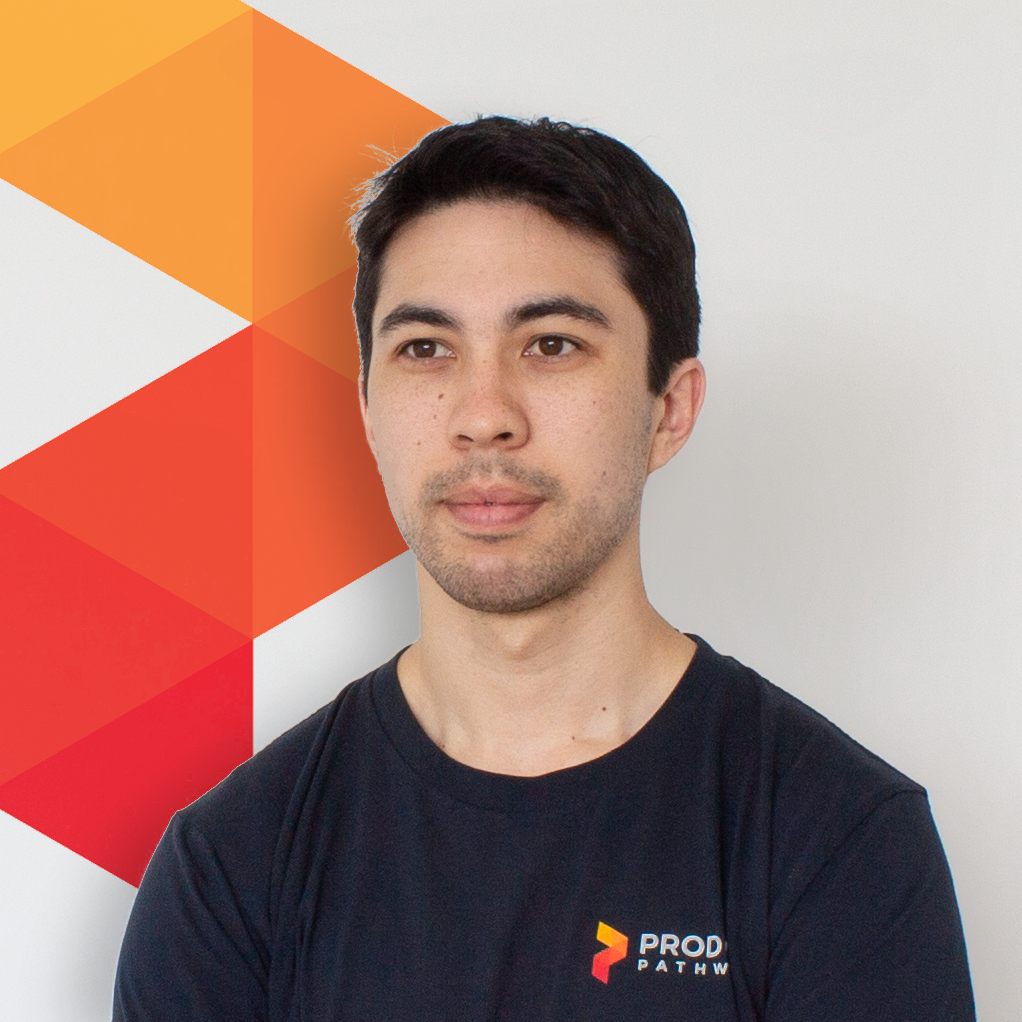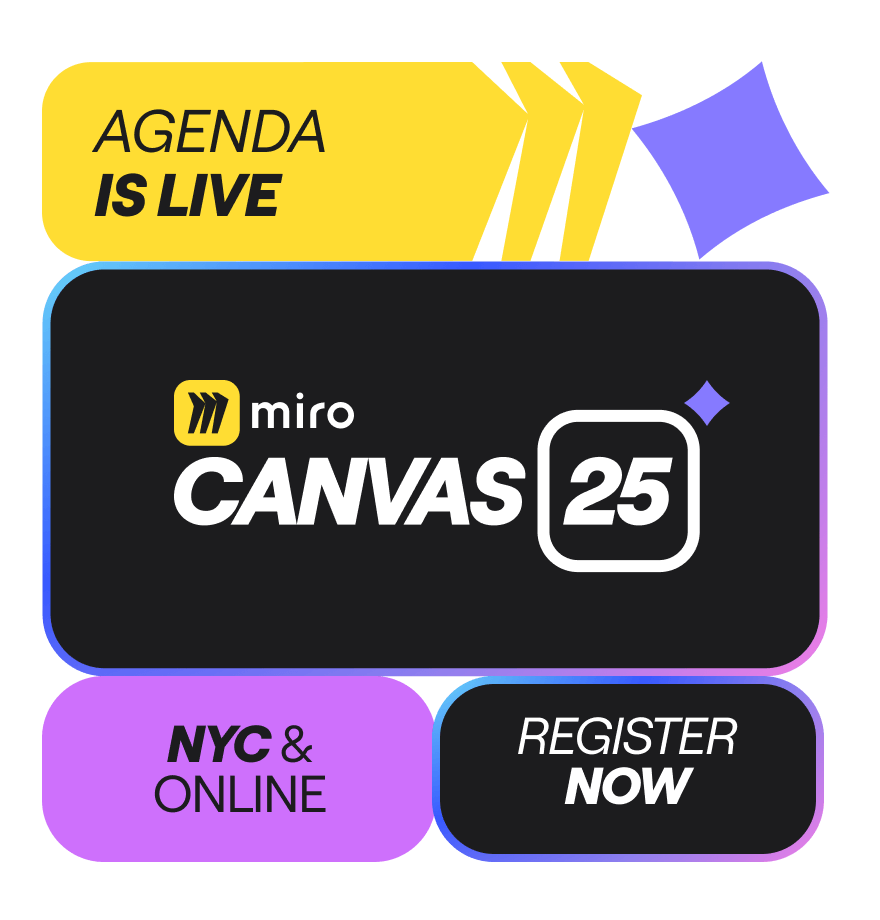Personal Work Charter
Whilst there are Team Cavas’ out there to help define how you would like to work together as a group, my experience has shown that there is still fiction between individual nuances in our work preferences and styles.
For example, do you prefer someone to pick the phone up and call you? or would you rather a direct message?
Hence the Personal Work Charter was born.
View this as a charter for others to get to know you, your work preferences and any rituals or specific asks you have in terms of how you wish others to interact or communicate with you.
How To Complete The Personal Work Charter
How I like to Work:
This section is designed to be a free text summary of the key points about how you like to work that don’t fall into any of the other categories.
For example, you might like to work independently as your preferred default or as a group. You may also have practices such as putting your headphones in when you wish to focus and not be disturbed, etc.
My (Work) Principles:
What are your principles when it comes to how you work? For example, are you someone who is ‘action biased’ or perhaps a pace-setter who strives for better?
This section is all about your principles that guide your decision making when it comes to how you like to work.
e.g. "bias for action", "don't assume", "fight together, or die alone", "think big", etc.
How to interact with me:
This section is about how you like others to interact with you. For example, you may not like being tapped on the shoulder and interrupted, instead you prefer people to reach out and scheduled a meeting with you (or visa-versa).
This section is your opportunity to set boundaries and communicate to others how you like to be interacted with.
e.g. I keep my calendar open and up to date. Do not book meetings within 24 hours without contacting me first, I might miss it.
If you forward a meeting invite to me, please clearly state why I’ve been invited and what value you believe I will bring to the meeting.
Feedback is appreciated. Don't be shy to give me straight and honest feedback. etc.
How will decisions be made:
This section is a section that often is seen inside Team Charters/Canvas’. The value that it brings is creating alignment and clarity on how decisions will be made as a team. However there will be times where you are empowered to make a decision and creating visibility and clarity over how you approach those decisions can help reduce future friction when such decisions are made.
This section is particularly important for managers and leaders, being able to clearly state how you intend to make certain decisions, for example decisions that affect the team or when decisions will be delegate and to who.
e.g. All decisions will be made collaboratively. Decisions affecting the team will be made via super majority vote (80% or more). Tech Lead will have the final say on technical decisions, etc.
How I communicate:
This section is all about how you prefer to communicate. For example, do you prefer asynchronous or synchronous communication? Are you the type of person to pick up the phone and call? Or perhaps do you prefer face-to-face over virtual?
e.g. I only check emails once at the start of the day. I use Slack as my primary communication method. I will send weeknotes at the end of every week, etc.
How to communicate with me:
On the flip side to how you like to communicate is how you like others to communicate with you. Do you hate email for example or perhaps you love it and find chat based apps too confusing and difficult to navigate? Are you a visual kind of person, i.e. do you prefer diagrams and images or perhaps you prefer reading and like it when things are written down? These are the types of things you want to put in this section.
e.g. DM me, don't email. If you put time in my calendar please include an agenda and clearly state why I've been invited to the meeting, etc.
Rituals:
What rituals do you have in your work week that others should be aware of? For example, do you work from home certain days of the week or perhaps you only work part-time. Other rituals could include having blocked ‘no-meetings’ times or rituals around when you check messages/emails.
e.g. "no meetings Mondays", Core working hours, school drop off on Tuesdays, etc.
Words I will actively use: Less often/More often:
This last section I added in after working with a leadership team that decided to be really deliberate about the words that they used day-to-day. As part of a self-reflection exercise I helped run, the leadership team realised that they weren’t particularly proud of the terminology and words that they used on a daily basis. One of those ‘boiled frogs’ situations where you don’t particularly realise that you’re doing something until you take a few steps back.
What they noted was that they used terms like “resources” instead of “people” and “offshore team” rather than “[X Country] Team” and they were reflecting on the impact that such words may have in people when they hear it - for example, “offshore” making them second class to the “onshore” team.
This experience (and several others) have made me really appreciate the impact that language can have on company culture. As a result I decided to add a section into the Personal Work Charter for you to outline what words do you seek to be deliberate about? What words do you loath to hear at work and what do you prefer - this could be as simple as “I” vs" “we”.
How to use the Personal Work Charter
The Personal Work Charter Canvas is a great tool to use when joining a new team. Being able to complete the canvas and share it with your new team will enable them to learn more about you but also allow you to set expectations and boundaries around how you like to work and would like them to interact with you..
It also makes a great team building activity. Having the team individually complete their own Personal Work Charter Canvas and sharing back to the group is a great way to get to know each other and create a shared understanding on each others individual work styles. Doing this can even resolve friction within the team as you may uncover nuances that may be causing friction between team members.
Watch a video
Categories
Similar templates






